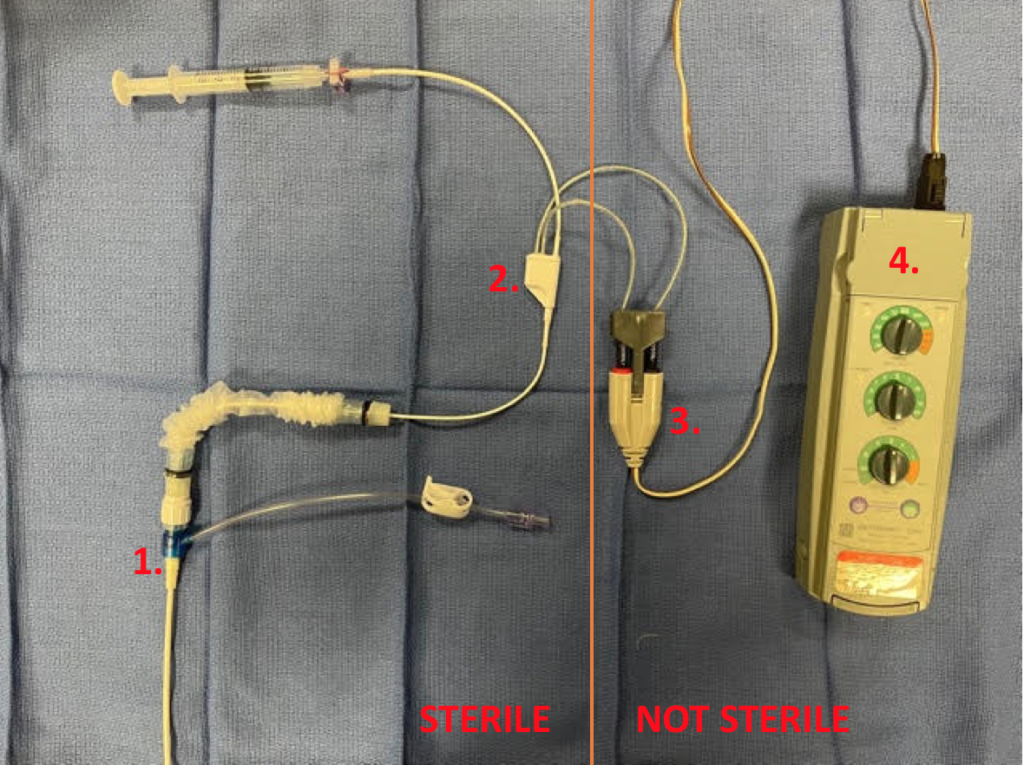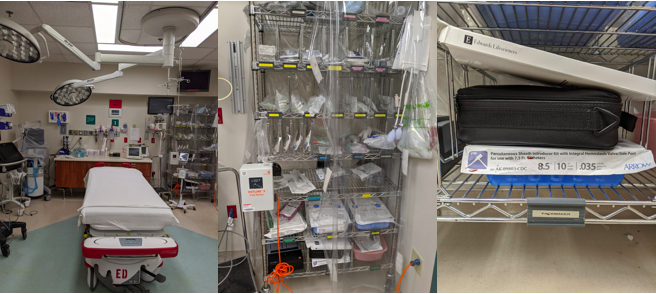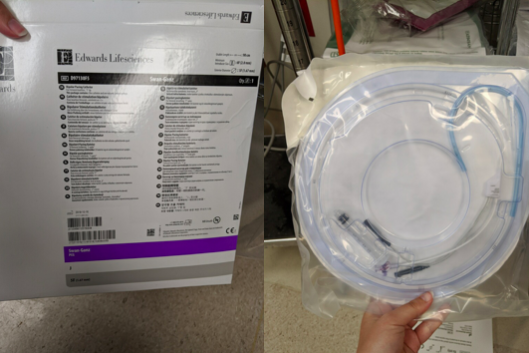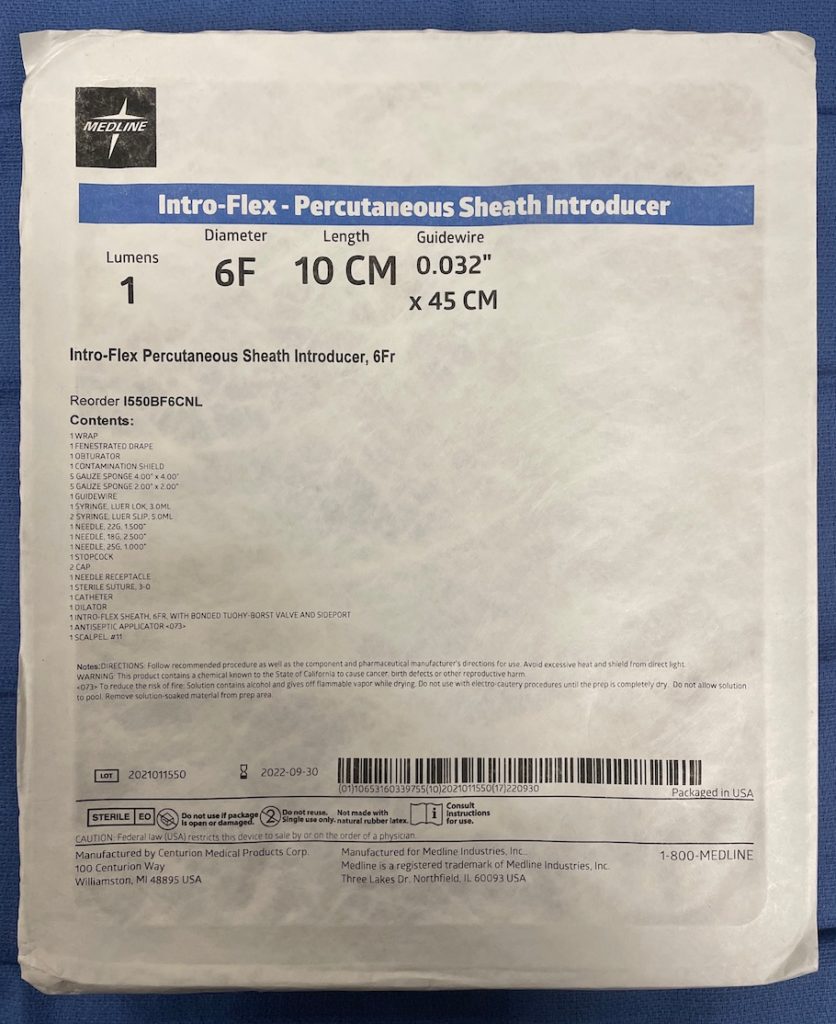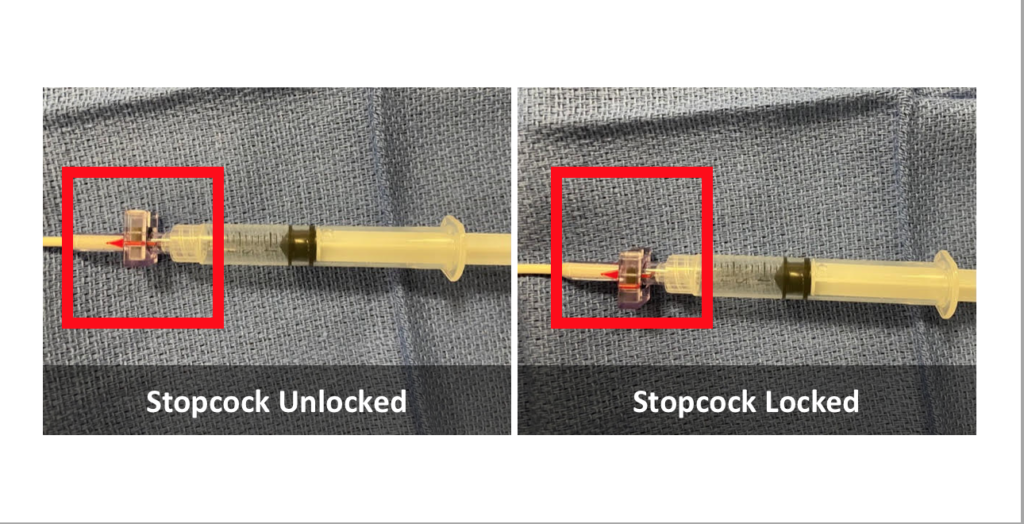Narcan 1hr rule
-Safe to discharge patient 1hr after Narcan administration if provider feels comfortable and if has not needed further Narcan in the department and meets 6 criteria:
1. Able to walk
2. Temp >36C and <38C
3. RR 10-20
4. Sats 95%
5. HR 60-100
6. GCS 15
Fluid Comparison
-Across multiple studies Balanced Fluids (example LR) is non-inferior to NS and Odds Ratio would suggest possible superiority in terms of decreasing rate of AKI and reducing mortality.
-NS also associated with hyperchloremic metabolic acidosis, with balanced fluids leading to higher pH, lower chloride, and higher bicarb levels
-Balanced fluids more costly than NS (LR ~25% more expensive than NS)
NightShift Pro-Tips
-Phase delay scheduling is better than Phase advance (better to go morning shift then evening shift then night shift then morning shift, etc)
-Nap prior to shift, and nap on shift if possible (short 20min nap is best)
-Use Bright Lights (prior to 4am) to help keep you awake
-Caffeine early in shift and avoid big meals. Aim for snacks high in protein and fat and low in carbs (avoid big sugar swings)
-Minimize bright lights after shift and on drive home (sunglasses can help)
-Consider Melatonin 30min prior to sleep (shown to help fall asleep faster and stay asleep longer)
-Sleep in dark, cool room (blackout curtains and/or facemasks can help, and body needs cool temps to aid in sleep
-Try to avoid >3 night shifts in a row, but avoid 1 solo night shift (messes up your rhythm)
Neurogenic shock v spinal shock/stun
Spinal stun/shock: After spinal cord injury can have transient loss of function below the injury (loss of continence, anesthesia, paralysis). Can last hours to weeks.
-Can see priapism in males. (especially C-spine injury)
-Thought to be due to loss of K and thus reduced axonal transmission, with return of some if not all movement once K re-equilibrates
-Do Bulbocarvenosus Reflex checks to determine when distal spinal function has returned and gives idea of prognosis
Neurogenic shock: true shock from TBI/spinal cord injury. Interruption of autonomic pathways –> decreased SVR and alters vagal tone.
-MAP goal 85, need to resuscitate with fluids in case there’s hypovolemic/hemorrhagic component to the trauma, otherwise need pressors (NE first line)
Lyme Disease Review
Lyme rarely transmitted in first 48hrs, ~25% chance in first 72hrs
Prophylactic ABx only if they meet all criteria:
-36hrs or more with tick attached, PPx started within 72hrs of removal, no contraindication to doxy (<8yrs old, pregnant, lactating), only if ixodes, inf disease society of America doesn’t recommend PPx unless in state with >20% lyme rate in ticks (which doesn’t count Kentucky, TN, IN, IL. Only surrounding state is WV)
-After removal (tweezers/foreceps, don’t crush or twist, just steady straight pull), clean and then have patient observe x30days for EM
-Observing for EM better plan of action than PPX ABx, serologic testing not recommended (don’t develop markers early in course)
If you believe they have early stage 1 lyme then doxy 100mg BID x10-14days
Stage 2/early disseminated (carditis/meningitis/bells): Doxy 100mg x14-28 days (14 days appropriate, will need ID f/u anyway) (Ceftriaxone if need IV)
Stage 3: severe arthritis 14-28days of doxy 100mg BID PO (again 14days shown to be appropriate, will need ID f/u), encephalitis x14-28days of ceftriaxone IV initially and Doxy PO when able
If contraindication to doxy then amox is second line
Serotonin Syndrome
autonomic hyperactivity, mental status changes, neuromuscular abnormalities
Mental status change (anxiety/restless/agitated delirium), autonomic (tachy, hyperthermic, diaphoretic, htn, vom, diarrhea), NM (clonus, rigidity, hyper-reflexive, tremor)
Fentanyl can cause serotonin release because 5-HT1A receptor agonist
Tx: stop offending agent, support, sedate with benzos PRN, cyproheptidine (12mg initial dose)
![Room9er ["Room Niner"]:](https://room9er.com/wp-content/uploads/2020/03/cropped-Screen-Shot-2020-03-08-at-3.16.16-PM.png)



